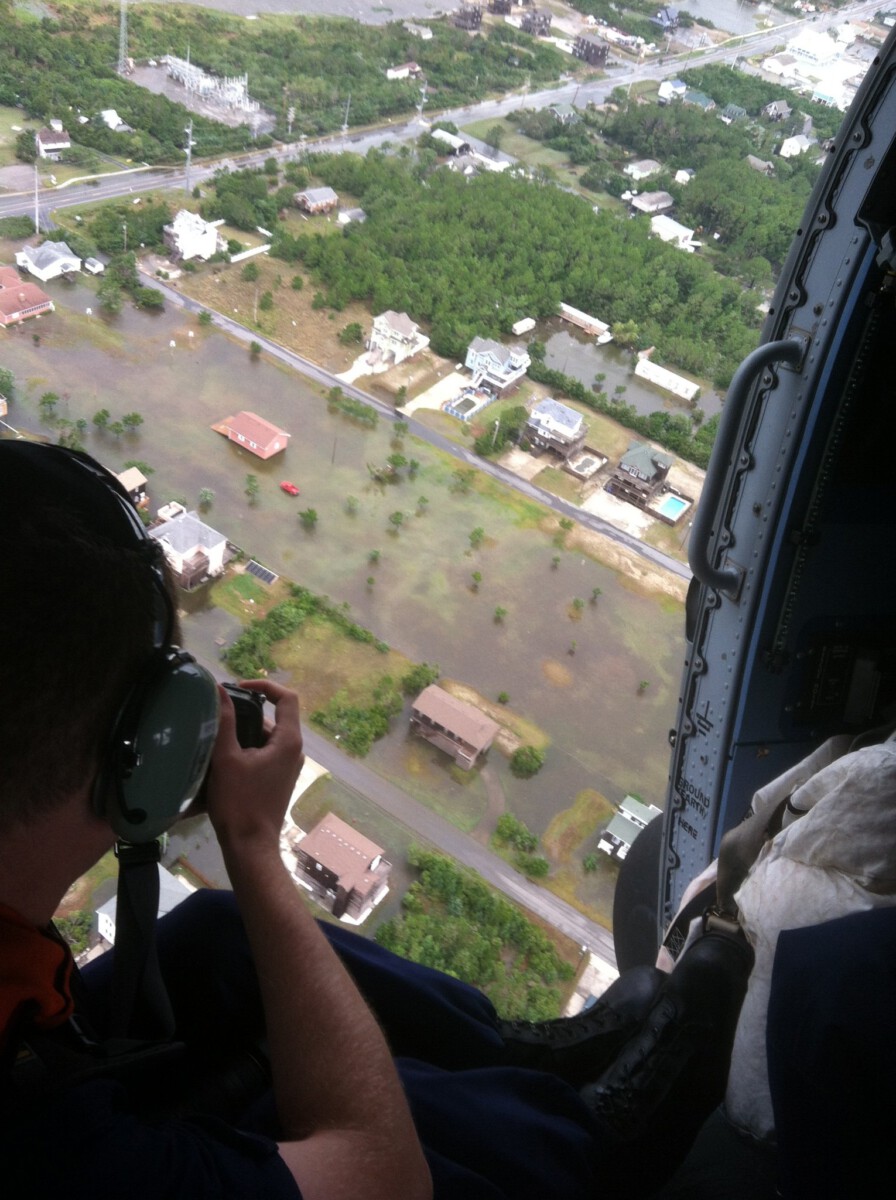The Surge in Eco-Tourism

Eco-tourism isn’t just a buzzword anymore—it’s a movement that’s rewriting the travel map. In recent years, there’s been a remarkable surge in travelers looking for ways to explore the world without leaving a heavy footprint behind. The Global Sustainable Tourism Council predicts that eco-tourism could grow by an astonishing 20% each year, a figure that’s both surprising and inspiring. Countries like Costa Rica and New Zealand have become magnets for visitors who want their adventures to support conservation, not destruction. Eco-lodges, wildlife reserves, and zero-waste tours are no longer niche; they’re the new normal. This shift is pushing other destinations to adopt greener practices quickly, or risk getting left behind. For many travelers, the emotional satisfaction of preserving nature is now just as important as the thrill of seeing it.
Melting Glaciers Open New Routes

The melting of glaciers is both a tragedy and, unexpectedly, a draw for thrill-seekers. As Arctic ice recedes, places that were once unreachable are now becoming accessible, sparking a boom in adventure tourism. The Arctic Council reports that temperatures there are rising twice as fast as anywhere else—an alarming fact that is attracting visitors eager to witness these changes up close. Cruises through the Northwest Passage, once a fantasy, are now a reality for those craving front-row seats to climate change. This influx, however, brings new challenges. More tourists mean more strain on delicate environments that are already under stress, raising tough questions about how to balance curiosity with conservation. It’s a stark example of how climate change is not just reshaping landscapes, but also our reasons for visiting them.
Coastal Destinations Under Threat

Sun-soaked cities and idyllic beaches are facing a sobering future as sea levels rise. According to the National Oceanic and Atmospheric Administration, some areas could see waters climb by as much as six feet by the end of the century. Miami and New Orleans are already feeling the effects, with regular flooding disrupting both daily life and tourism. This looming threat is forcing popular destinations to rethink their entire approach. New infrastructure, from raised walkways to flood barriers, is being built not just for locals, but for the millions of visitors these locations attract each year. As travelers become more aware of these vulnerabilities, many are choosing to visit threatened coastal areas now, before they change forever. This urgency is creating a strange mix of nostalgia and anxiety in the tourism industry.
Wildlife Habitats on the Move

Wildlife is on the move, and so are the tourists hoping to see it. Climate change is scrambling the world’s ecosystems, altering where animals can survive—and where people can spot them. The Great Barrier Reef, once a kaleidoscope of color, has seen over half its coral bleached since 2016, according to Australian government figures. Some species are migrating to cooler waters or higher elevations, shifting the focus of wildlife tourism to new, sometimes unexpected places. Tour operators and local governments are scrambling to keep up, updating tours and guides to follow the animals’ lead. For travelers, this means destinations famous for certain creatures may soon be known for something else entirely. The emotional draw of seeing rare wildlife is now shadowed by the worry that each visit might be a last.
Extreme Weather and Its Surprising Impact

Hurricanes, wildfires, and heatwaves are rewriting travel itineraries around the globe. In 2020, the U.S. alone saw over 58,000 wildfires, burning more than 10 million acres, the National Interagency Fire Center reports. Such extreme events are becoming more frequent, often forcing destinations to close unexpectedly or rebuild from scratch. Some places that were once considered safe bets for vacation are now unpredictable. While certain travelers are drawn to witness the force of nature—giving rise to “disaster tourism”—most prefer destinations where they can relax, not run for cover. Insurance costs for both travelers and businesses are soaring, and some regions may eventually become too risky for tourism at all. The unpredictability of weather is adding a new layer of anxiety and planning to every trip.
Shifting to Sustainable Transportation

How we get to our favorite destinations is evolving just as quickly as where we go. Electric vehicles (EVs) and trains are gaining ground, with the International Energy Agency noting a 40% jump in electric vehicle sales in 2020. Cities like Amsterdam and Copenhagen have invested heavily in bike lanes, electric buses, and robust public transport to appeal to eco-conscious tourists. For travelers, choosing greener transportation isn’t just about helping the planet—it also offers a unique, often more immersive way to experience a place. This shift is pressuring other cities to catch up, installing charging stations and reducing car traffic. For many, the journey is becoming as important as the destination, with sustainability now a must-have rather than a nice-to-have.
Seasonal Shifts—Tourism’s New Calendar

The seasons are no longer what they used to be, and travel patterns are shifting as a result. Warmer winters are shortening ski seasons, with ski resorts in the Alps facing the prospect of losing up to half their winter business by 2050, according to the World Meteorological Organization. To adapt, many resorts are adding mountain biking, hiking, and wellness retreats to their offerings, hoping to draw tourists year-round. Meanwhile, destinations that were once uncomfortably hot in summer are seeing more visitors during traditionally off-peak times. For travelers, this means more flexibility—and sometimes lower prices—but also the challenge of adapting to new realities on the ground. The calendar for planning a dream vacation is being rewritten in real time.
Technology: The New Travel Companion

Technology is quietly becoming a hero in the fight for sustainable travel. Carbon offset programs, eco-friendly travel apps, and AI-powered route planning are empowering travelers to make greener choices. A recent Booking.com report found that 83% of travelers believe sustainable travel is vital, and 61% are willing to pay extra for it. These numbers are pushing destinations to adopt smart technologies, from solar-powered resorts to water-saving hotel systems. For travelers, technology offers both transparency and control, letting them track their impact and adjust their plans. The digital revolution is turning sustainability from a vague goal into a practical, everyday reality for millions of globe-trotters.
Communities Take the Lead

Local communities are stepping up, determined to shape the future of tourism on their own terms. The United Nations World Tourism Organization has highlighted the power of community-based tourism, noting its ability to protect culture and boost local economies. Places like Bhutan and Nepal are proving that when residents have a real say, tourism can lift everyone, not just big businesses. Travelers are responding to this authenticity, seeking out experiences that connect them with local people and traditions. This trend is fostering a sense of pride and ownership among residents, who are increasingly involved in decisions about what, and how, visitors experience their home. The emotional reward for travelers goes beyond sightseeing—it’s about making a genuine connection.
Building for Resilience

The future of travel will be defined by how well destinations adapt to an uncertain climate. Climate-resilient infrastructure—think flood-resistant hotels, drought-proof resorts, and renewable energy grids—is moving from wishful thinking to urgent necessity. The World Travel & Tourism Council has warned that without major investment in adaptation, tourism’s future could be at risk. Some destinations are already leading the charge, using cutting-edge design and materials to protect against rising seas, stronger storms, and unpredictable weather. For travelers, these innovations offer peace of mind and the promise that their favorite places will still be there in years to come. The push for resilience is not just about survival; it’s about ensuring that travel remains a source of joy and wonder, even in a changing world.







